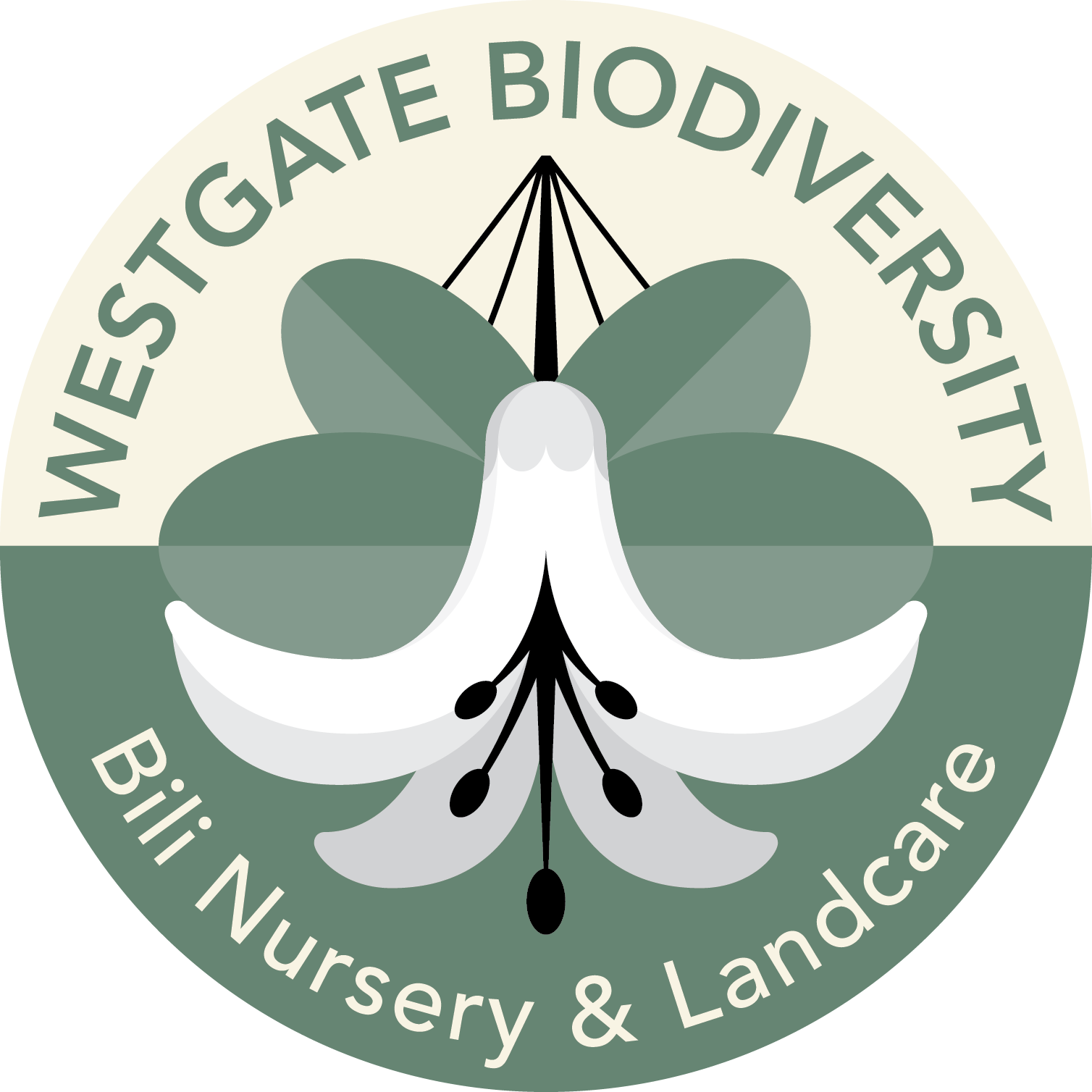Olearia lirata – Snowy Daisy Bush

Large shrub 2-5m H x 2-3m W. Requires well drained soils. Tolerates dryness once established. Great for shady areas. Masses of white flowers, September to December, very hardy. Suitable for large container growing.
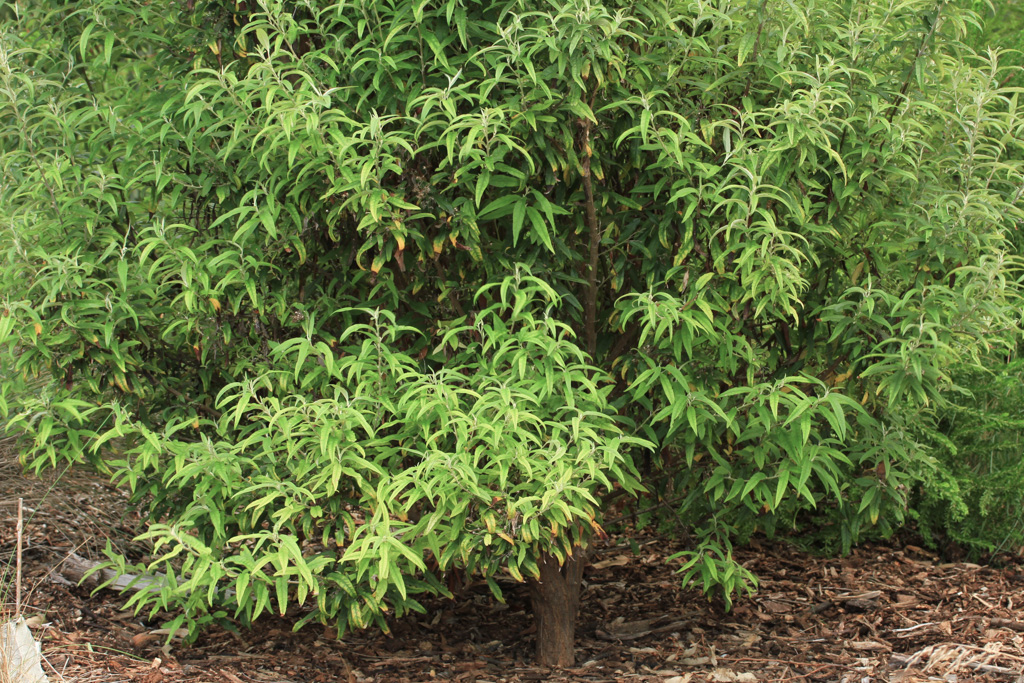

Pelargonium australe – Austral Stork’s Bill, Wild Geranium
Attractive and hardy salt-tolerant perennial herb with masses of light pink flowers for long periods of the year. 50cm X 50cm, full sun to partial shade, suitable for container growing.
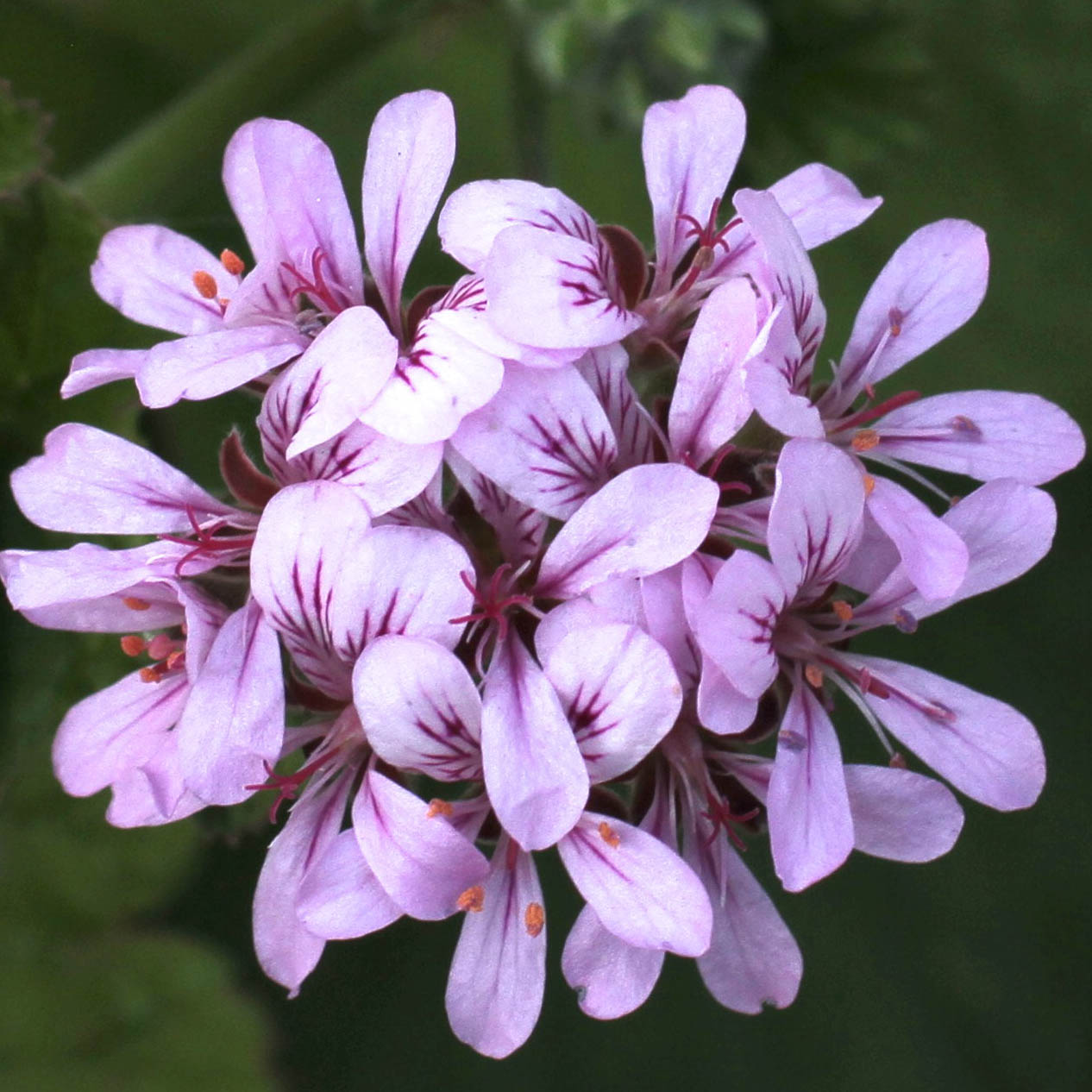
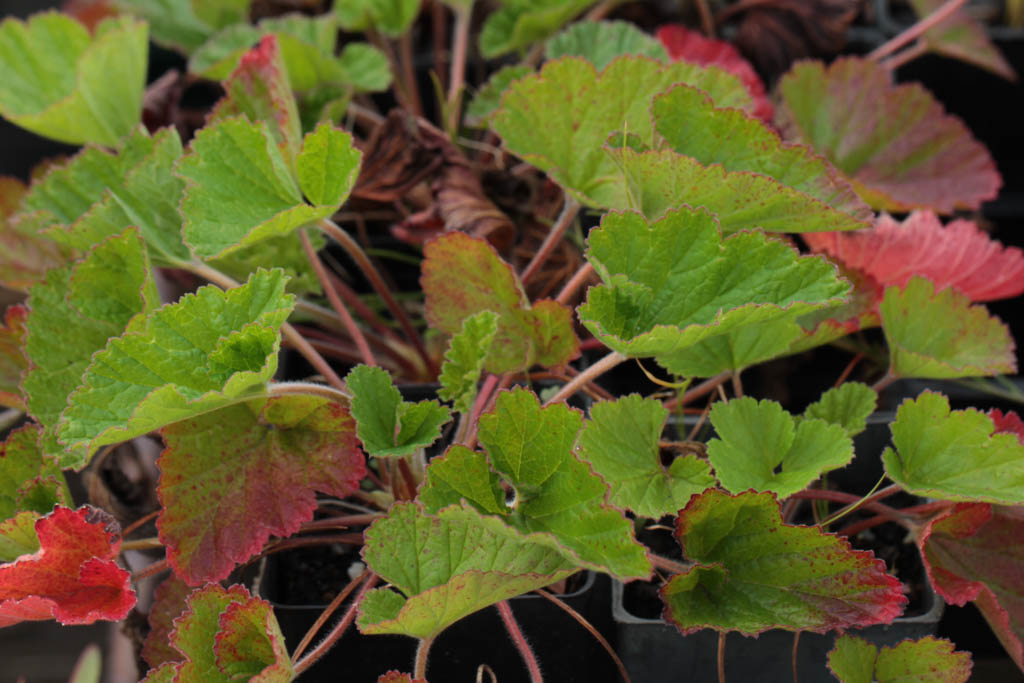
Viminaria juncea – Golden Spray
Erect shrub to small tree, 1.5-6mt X 1-1.5mt, fast-growing, requires moist soils. Bright green needle-like branchlets with long drooping sprays of yellow pea flowers, full sun to part shade, tolerates salt.
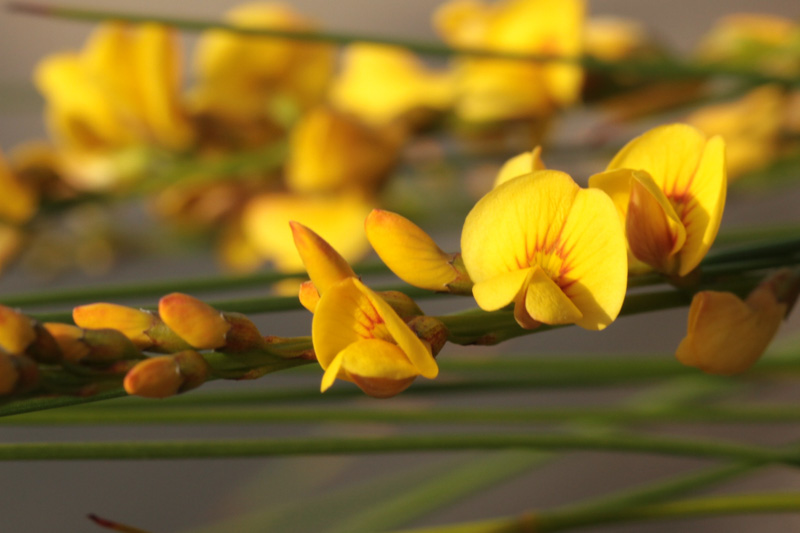
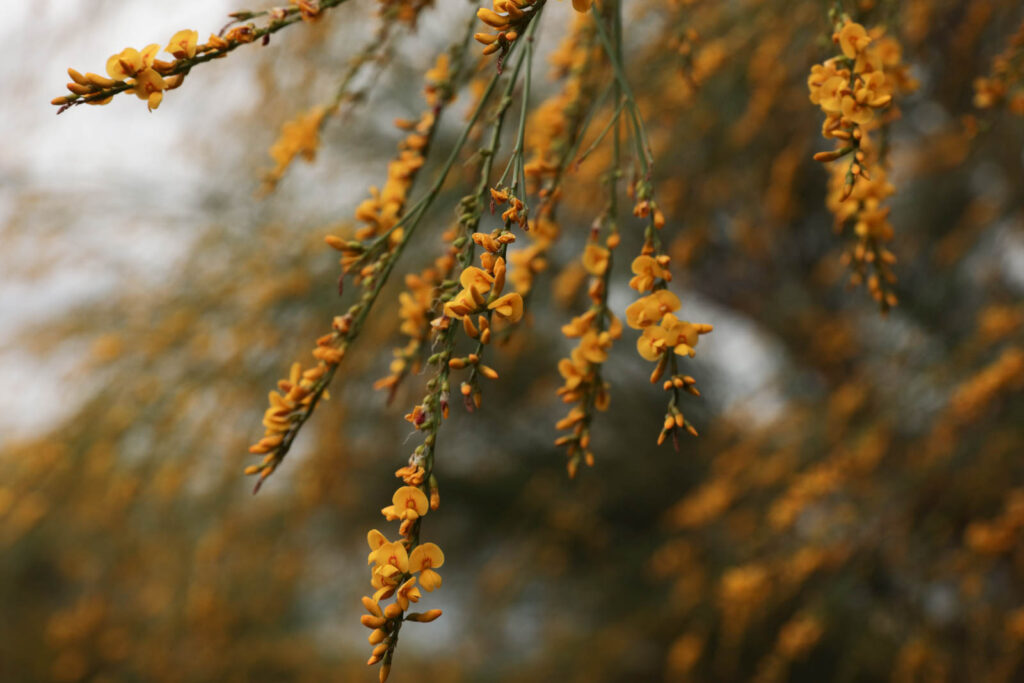
Rhagodia spinescens – Spiny Saltbush, Thorny Saltbush
Dense foliage, grey shrub, 0.5-1.5mt H X 1.5-4mt W. Hardy, fast-growing shrub, suitable for container growing, tolerates all well-drained soil types, full sun to light shade, excellent windbreak or informal hedging, fire retardant.
Acacia implexa
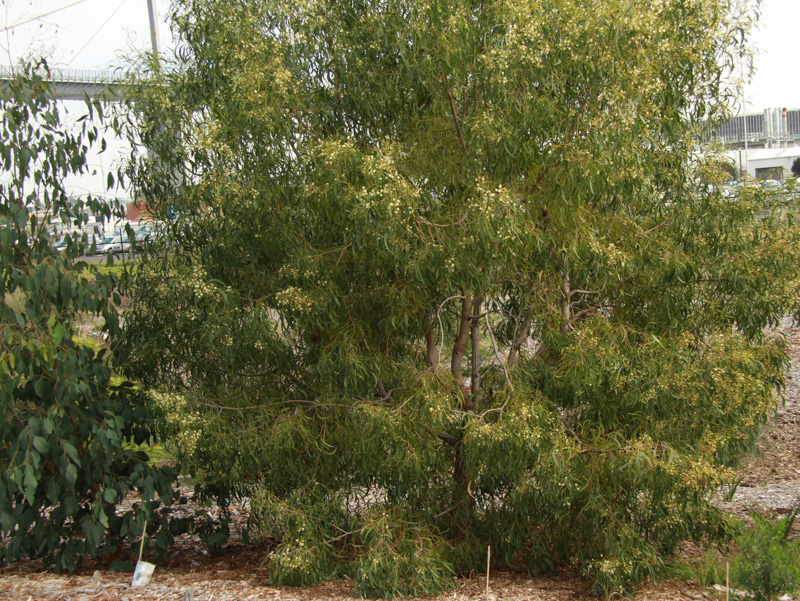
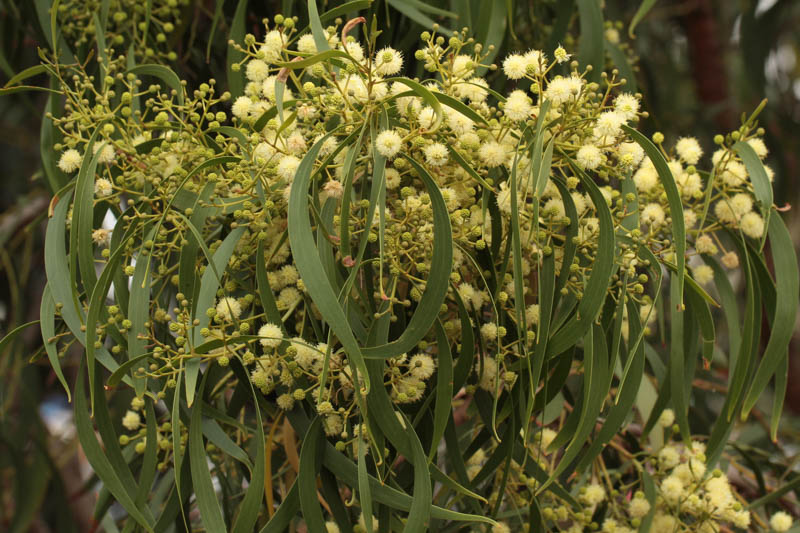
To 15M. Fast-growing upright small tree with rough greyish bark. Perfumed cream ball-shaped flowerheads Dec-Mar. Pods very twisted. Adaptable plant tolerating moist and dry well-drained clay soil.
Acacia dealbata – Silver Wattle
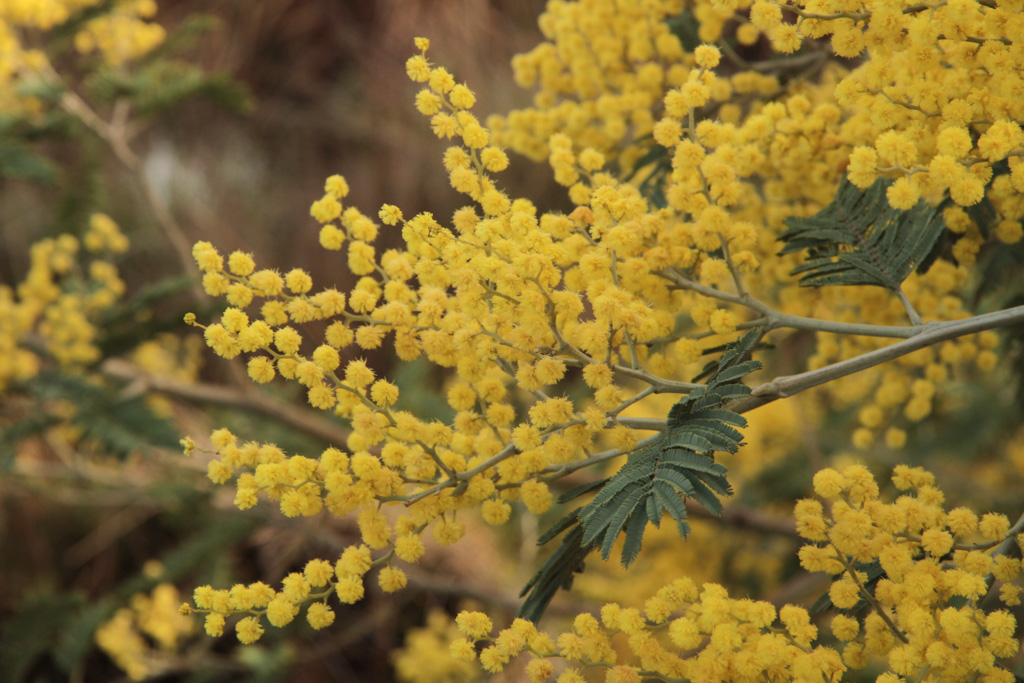
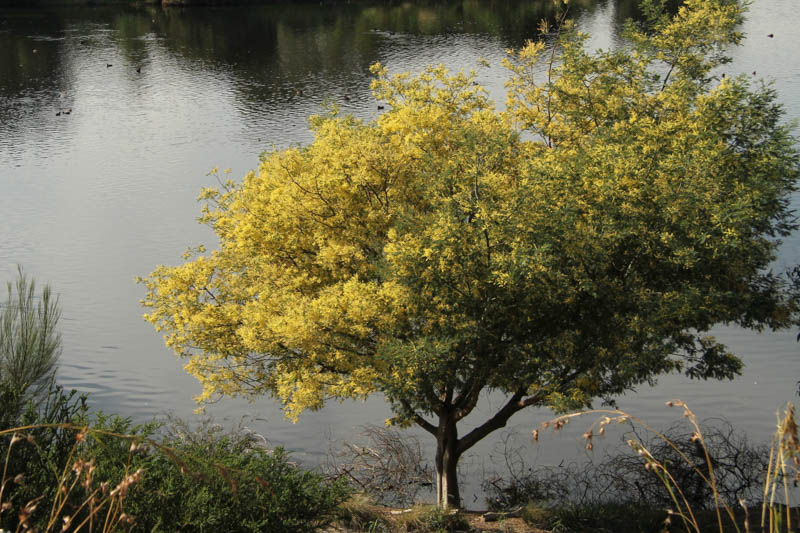
To 30M. Fast-growing open tree 6-30m. Downy, bluish-green bi-pinnate (twice divided) leaves. Profuse flowering, lemon to bright yellow ball-shaped flowerheads Jul-Oct. Easily grown, prefers deep moist soil.
Acacia brownii – Heath Wattle
Small spreading to semi-prostrate shrub. Profuse yellow ball-shaped flowerheads Jul-Nov. Requires light, gravelly soils, tolerates dry once established. An excellent garden plant
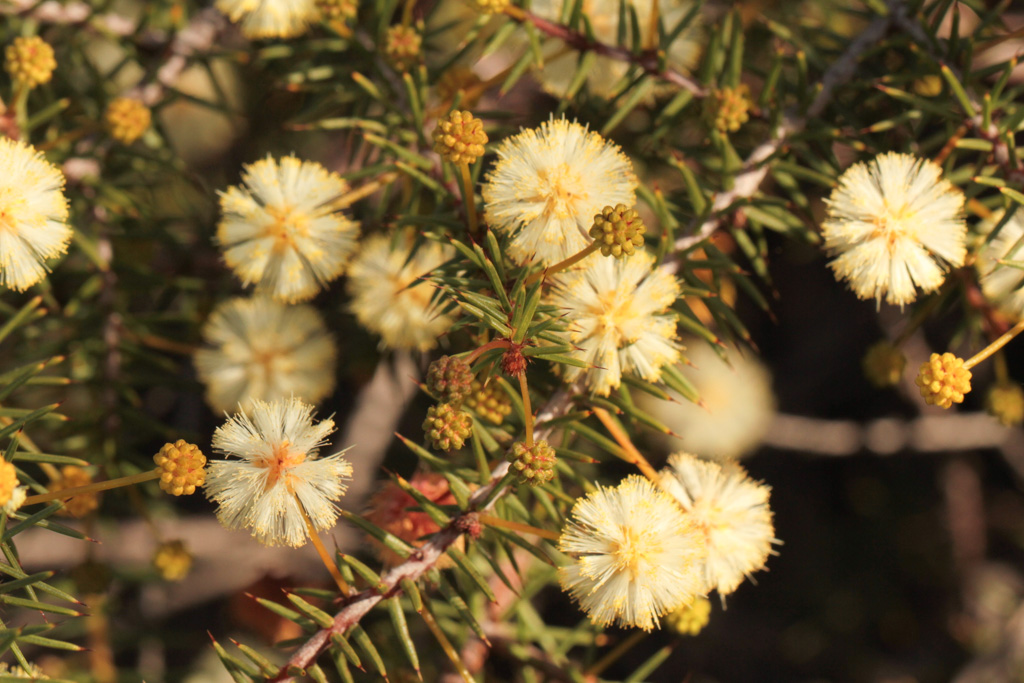
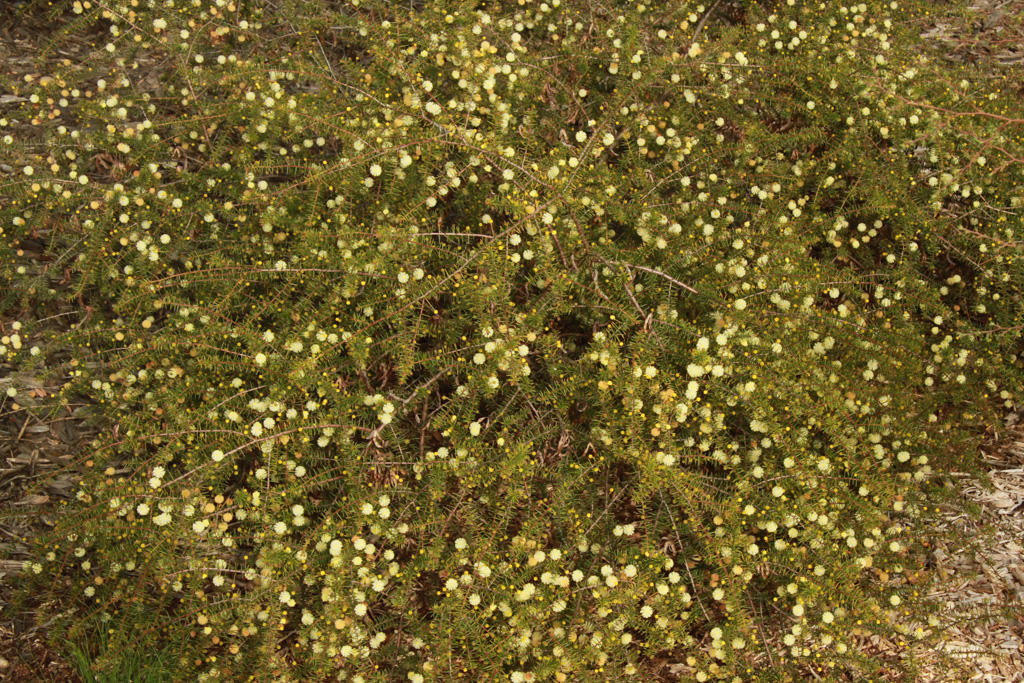
Acacia acinacea – Gold Dust Wattle
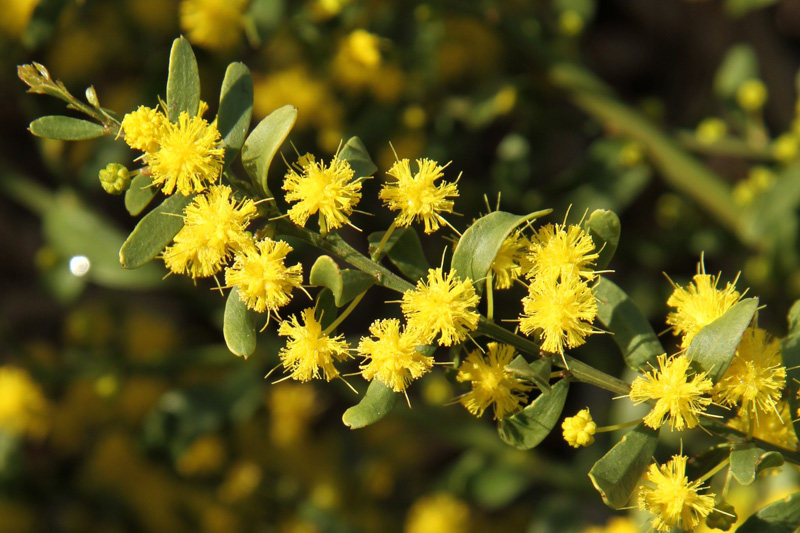
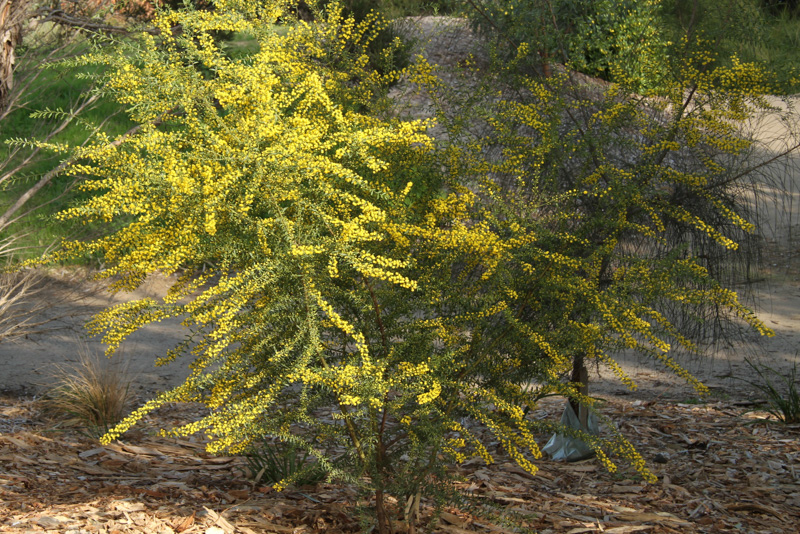
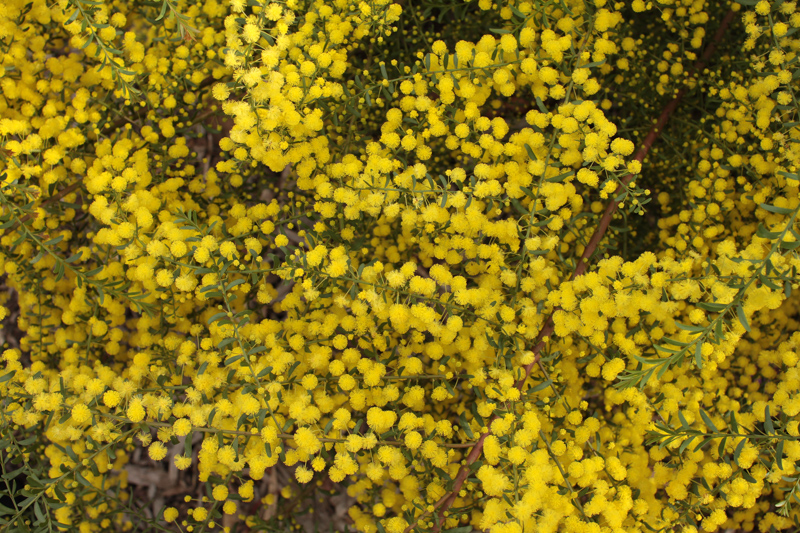
To 2.5M. Open spreading shrub, bright yellow ball-shaped flowerheads Aug-Nov, spirally coiled to twisted pods adapted to well-drained soils.
Acaena novae-zelandiae – Bidgee-widgee
Perennial herb, mat-forming with hairy stems, leaves toothed at margins, greenish-white flowerheads on stalks, Oct-Jan. Tolerates wet and dry conditions.
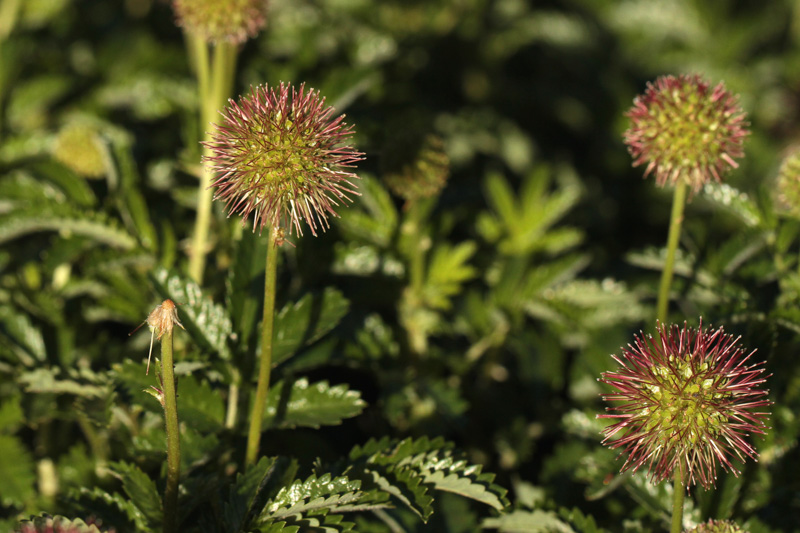
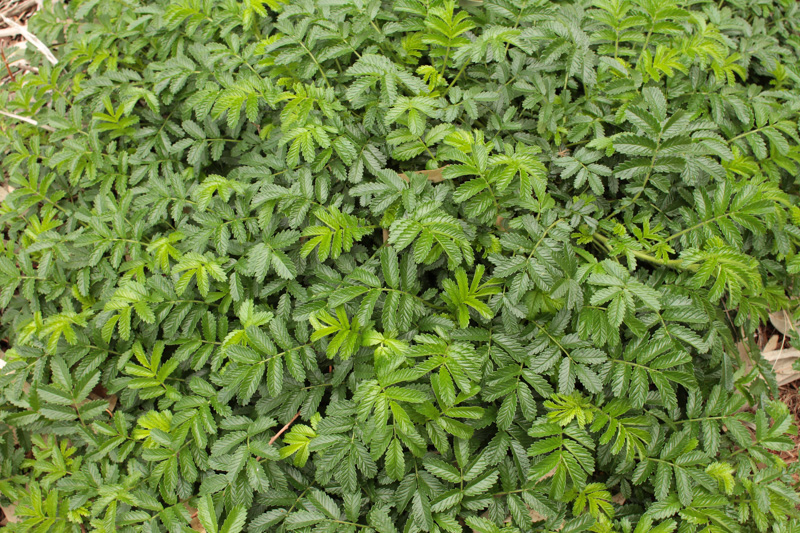
event: 9 Sept – bird tour
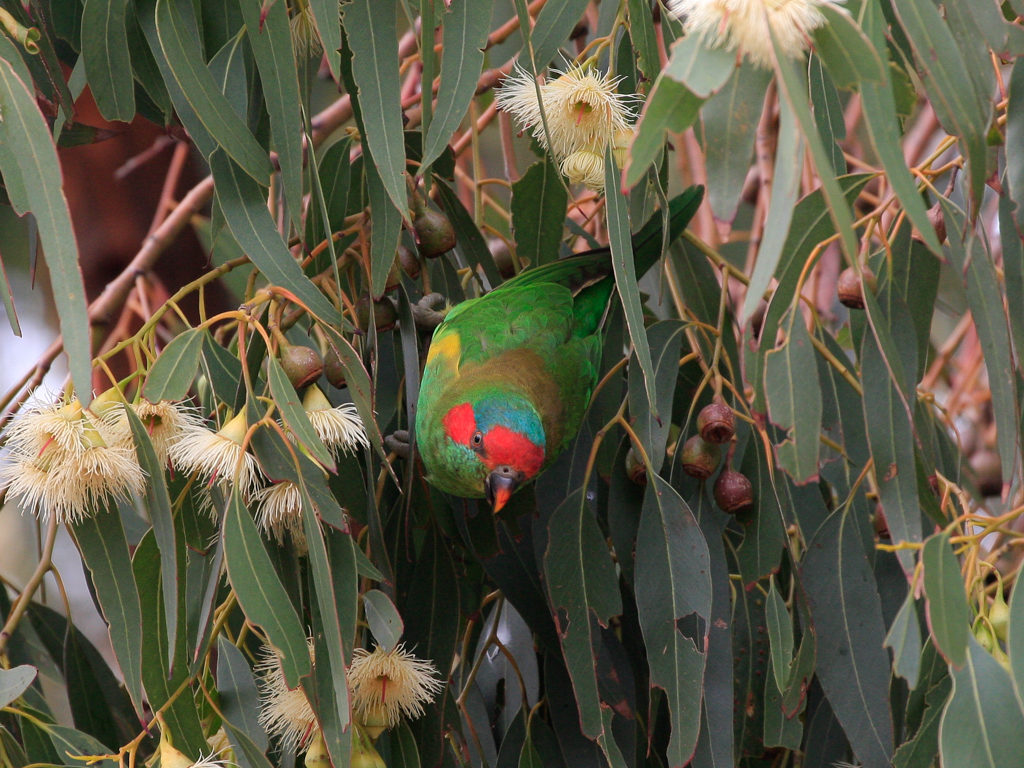
Join us for an exciting Walk and Talk Bird Tour, meeting at the Westgate Park BBQ Shelter, Todd Road, Port Melbourne 9am-11am. Get ready to explore the beautiful park, discover the birds that nest in hollows and how our 20 nest boxes might encourage breeding there.
Westgate Park’s trees were planted less than 25 years ago so there are no tree hollows suitable for these birds as hollows take 100 years or so to form. Hollow-dependent birds such as cockatoos, parrots, lorikeets, owls, kingfishers and even pardalotes have been recorded as regular visitors to Westgate Park but do not breed there.
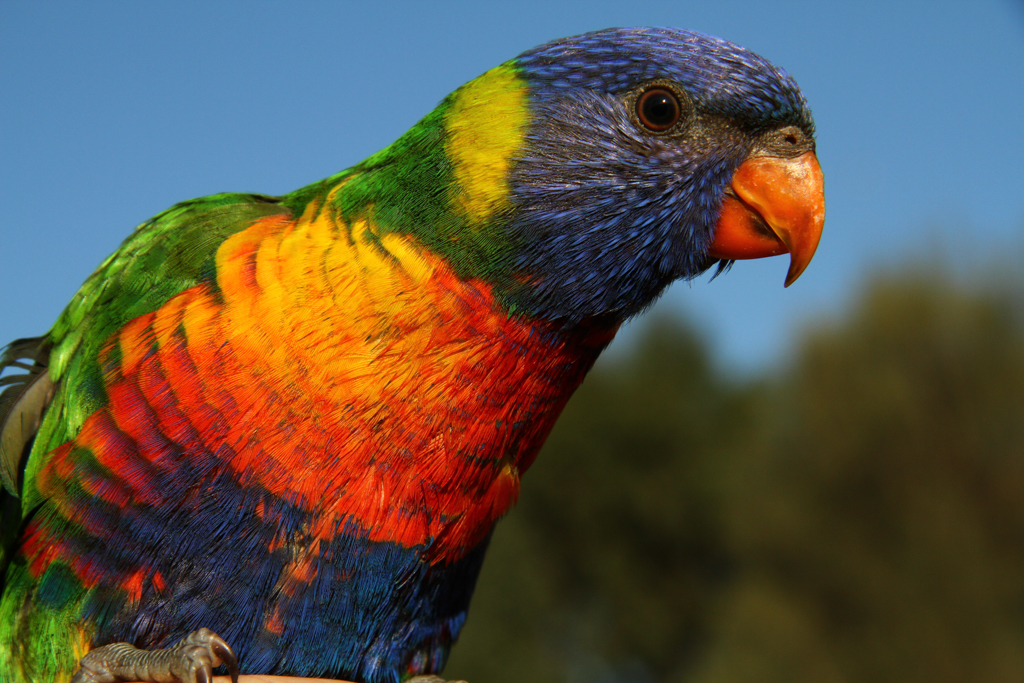
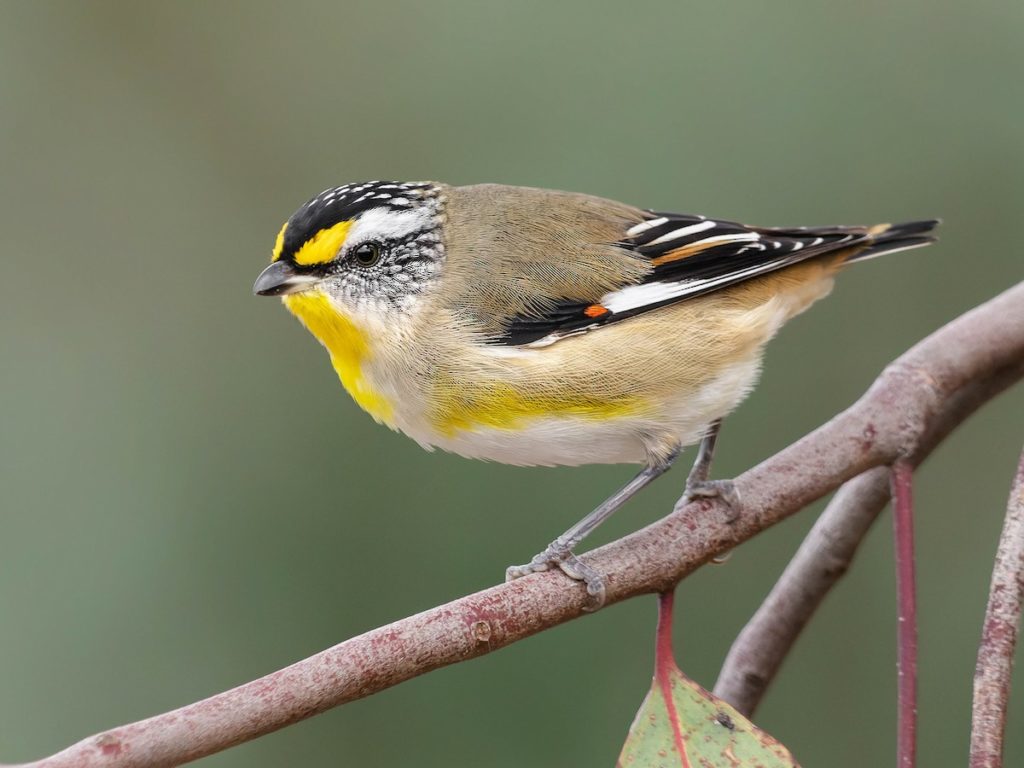
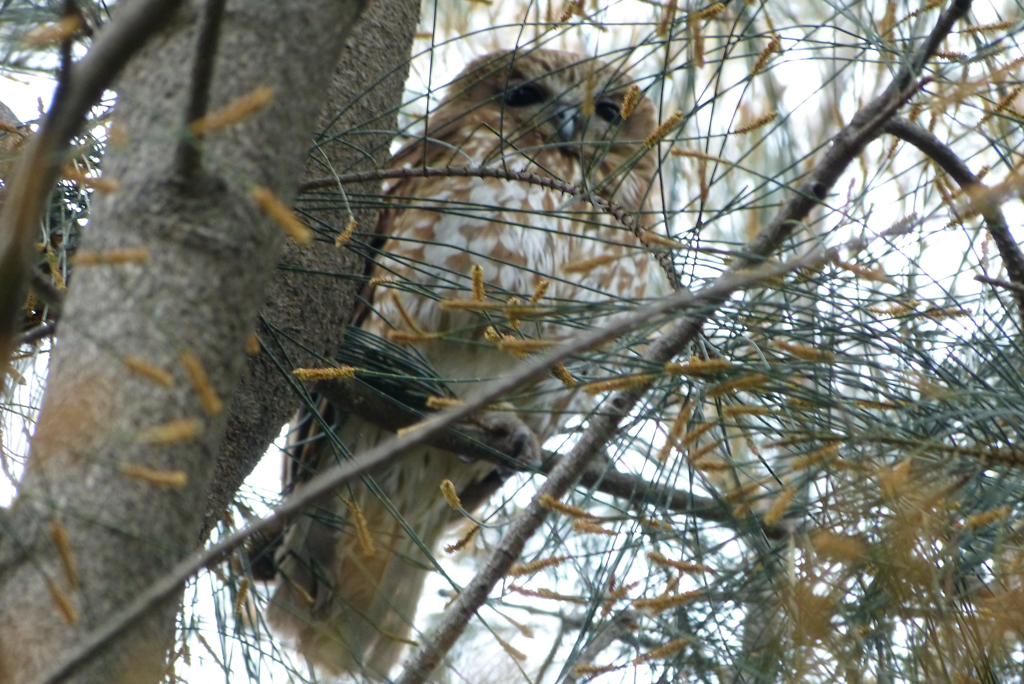
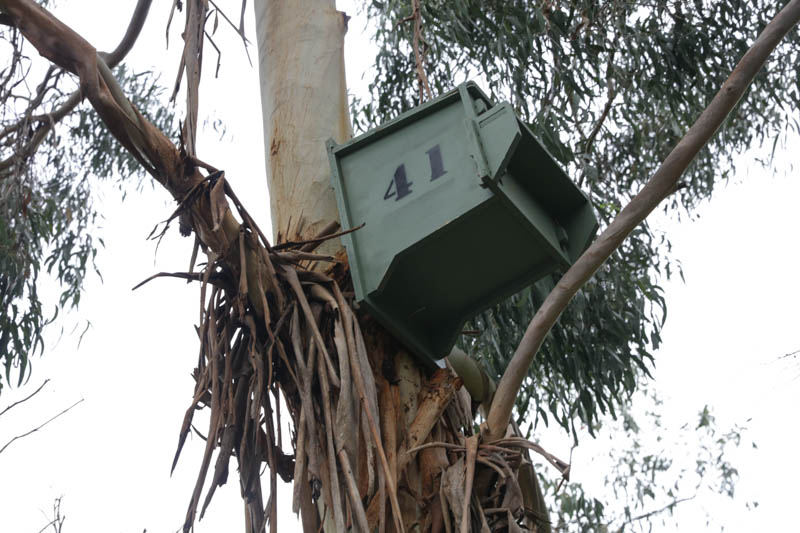
Rob Youl, expert in Landcare and leader of our monthly bird survey, will give us insights into these beautiful birds and how to identify them by their calls.
We will also be monitoring some of the nest boxes, using extendable cameras and tablets, to discover what, if any, are occupied.
It’s a free event, bookings essential.
